Case Report
Volume 1 Issue 6 - 2017
Prosthodontic Management of Edentulous Patient with Bells Palsy Utilizing Neutral Zone-A Case Report
1Lecturer, Department of Prosthodontics, Nobel Medical College and Teaching Hospital
2Professor and Head of Department, Department of Prosthodontics, Peoples Dental College and Teaching Hospital
2Professor and Head of Department, Department of Prosthodontics, Peoples Dental College and Teaching Hospital
*Corresponding Author: Dr. Ankita Rathi, Lecturer, Nobel Medical College and Teaching Hospital, Dentist, Ganpati Clinic, Hospital Chowk, Biratnagar 12, Nepal.
Received: October 23, 2017; Published: October 30, 2017
Introduction
Bell’s palsy is the form of facial paralysis resulting from damage to facial nerve and is one of the commonest neuromuscular disorder. [1] It is of two types: Upper Motor Neuron (UMN) and Lower Motor Neuron (LMN). UMN type affects contralateral lower half of the face and LMN type affects ipsilateral half of the face. Its etiology is unknown but the possibility that reactivation of herpes viruses may be responsible for demyelination. [2]
Bell’s palsy affects the unilateral facial muscles with typical features like inability to blink, absence of wrinkles on the forehead and asymmetry of face. The problems encountered during prosthodontic rehabilitation include uncontrolled flow of saliva, a mask-like expressionless appearance and cheek biting. All these features interfere with steps in impression making, jaw relation and denture retention and stability. [3]
Since Neuromuscular control is said to be the key determinant of stability of lower complete dentures, the area available for support is far less than maxillary support area. Also size and position of prosthetic teeth and the contours of polished surface have a crucial role in stability of lower complete dentures as they are subjected to destabilizing forces from the tongue, lips and cheeks if they are placed in hindrance with function of these structures. Therefore, to overcome such problem, the neutral zone technique was advocate which has been defined as the area in the mouth where during function, the forces of the tongue pressing outwards are neutralized by the forces of the cheeks and lips pressing inwards. [4,5] The aim of the neutral zone is to construct a denture in muscle balance so that it is in harmony with its surroundings to provide optimum stability, retention and comfort.
Case Report
A 72-years-old completely edentulous male patient with facial paralysis of left half of the face since 10 years presented with inability to chew and unaesthetic appearance of face. He had an asymmetric face with loss of muscle bulk (droop) on the paralyzed side (Figure 1). The face was drawn to the right side during phonation and was not able to close his left eye completely.
The primary impressions were made with alginate and casts were obtained. Border molding was done on special trays and final impressions were made with zinc oxide eugenol impression material. Tentative jaw relation was done and extra wax was added on the denture base on the paralyzed side of the face to have facial symmetry and to provide support for the flaccid musculature labially and bucally. The jaw relations were recorded and casts were mounted at the established vertical dimension of occlusion.
On the mandibular master cast, a special tray acrylic adapted to the lower ridge without a handle, with spurs or fins projecting upwards towards the upper arch was fabricated for the retention of the impression material (Figure 2). Then Neutral zone space was recorded using Mccords technique (green stick: impression compound in the ratio of 7:3) (Figure 3). During the procedure, patient was asked to open, swallow, speak, whistle and pursue lip so as to bring all the muscles into function so as to mould soft compound into the shape of the neutral zone. After a few minutes when the compound has cooled, the record base with the compound rim was removed and placed in cool water bath and the height of the lower compound rim was then adjusted. The neutral zone impression so obtained was placed on the master model and stone index was fabricated on both the labial and lingual sides which would preserved the space of the neutral zone (Figure 4). Using index, lower wax rim was adjusted to recorded neutral zone and teeth arrangement was done (Figure 5). The position of the teeth was checked by placing the index together around the wax try-in. Once the waxed up trial dentures were ready, they were checked in the patients mouth for aesthetics, phonetics and occlusion.
Once the try-in was satisfactory the dentures were processed and finished. Care was taken during finishing and polishing of the dentures so that the contours recorded previously were unaltered. During insertion, the dentures are fully checked to eliminate any minor errors. The dentures provided the patient with improved facial appearance, stability and retention during function as they have been constructed in harmony with their surroundings (Figure 6).
Discussion
Neuromuscular disorders affect the nerves that control the voluntary muscles resulting in muscles weakness and wasting. Bell’s palsy is defined as acute idiopathic facial muscle paralysis. [6] The problems encountered during prosthodontic rehabilitation can be managed with a combined approach of surgery and mechanical support. [7] Palliative treatment for permanent facial paralysis includes, modifications of denture to provide support to cheek like padding for buccal flanges, spring loaded acrylic flanges and magnet retained cheek plumpers. [3,8] Lazzari fabricated a removable partial denture framework with an attached open loop of wire that was used as a hook to engage the corner of the mouth and raise the lip.
Larson designed a modified maxillary removable partial denture with buccal retentive mesh, on which modeling plastic was added to elevate the vestibule and cheek. Tautin used a 19 gauge stainless steel wire extending from a mandibular complete denture extraorally to support the lower lip. Suresh sajjan fabricated prosthesis with extraoral loops to support the lower lip in a patient with bilateral Bell’s palsy. [9] Also the neutral-zone philosophy which is based upon the concept that for each individual patient there exists within the denture space a specific area where the function of the musculature will not unseat the denture and where forces generated by the tongue are neutralized by the forces generated by the lips and cheeks. The dentures will have other added advantages such as posterior teeth will be correctly positioned allowing sufficient tongue space, reduced food trapping adjacent to the molar teeth and good aesthetics due to facial support. Fish pointed that out of the three surfaces of the denture, the polished surface is bounded by the tongue and the cheeks and are involved in normal physiologic movements such as speech, mastication, swallowing, smiling and laughing [10]. Hence, the fabrication of the denture must be in harmony with these functions. [11]
Conclusion
The neutral zone concept is an alternative technique for the construction of lower complete dentures in case of patients with facial paralysis. Since it helps to construct a denture in muscle balance which is the main stabilizing and retentive factor during function. These modifications improve esthetics and function with complete dentures.
References
- Singhal S., et al. "Rehabilitation of A Completely Edentulous Neuromuscular Disorder Case: A Prosthodontics Challenge". Journal of Orofacial & Health Sciences 3.1 (2012): 30-3.
- Worthington H., et al. "Using Cochrane reviews for oral diseases". Oral diseases 16.7 (2010) 592-596.
- Hussain S., et al. "Prosthodontic management of a completely edentulous patient with Bell’s palsy". Indian Journal of multidisciplinary dentistry 2 (2011): 404-406.
- Beresin VE and Schiesser FJ. "The neutral zone in complete dentures". The Journal of prosthetic dentistry 36.4 (1976): 356-367.
- Bulbule NS., et al. "Rehabilitation of a Completely Edentulous Patient using TENS to record Functional Borders and Cheek Plumpers for Esthetics". International Journal of Prosthodontics & Restorative Dentistry 3.2 (2013): 78-82.
- Salman MS. "Blog Archives Facial Paralysis and Bell’s Palsy in Children: Current Diagnostic Concepts and Management Controversies". Primary Psychiatry 10 (2003): 67-70.
- Elfenbaum A. "Facial paralysis and denture construction". Dental digest 73.2 (1967): 78-79.
- Fickling B. "Buccal sulcus supports for facial paralysis". British dental journal 90 (1951): 115.
- Sajjan M and Krishna RG. "Lip-support prosthesis--a unique approach in management of bilateral facial palsy". Quintessence international (Berlin, Germany: 1985) 38.8 (2007): e517-520.
- Wright CR. "Evaluation of the factors necessary to develop stability in mandibular dentures". The Journal of prosthetic dentistry 92.6 (2004): 509-518.
- Heartwell CM and Rahn AO. “Syllabus of complete dentures: Diagnosis 4th Ed”; Varghese Publishing House 1984: 109-110.cheeks.
Citation:
Ankita Rathi and Suraj Ram Bhakta Mathema. “Prosthodontic Management of Edentulous Patient with Bells Palsy Utilizing
Neutral Zone-A Case Report”. Oral Health and Dentistry 1.6 (2017): 277-282.
Copyright: © 2017 Ankita Rathi and Suraj Ram Bhakta Mathema. This is an open-access article distributed under the terms of the Creative Commons Attribution License, which permits unrestricted use, distribution, and reproduction in any medium, provided the original author and source are credited.



































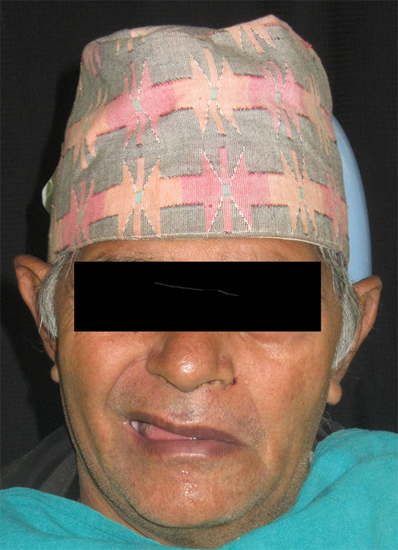
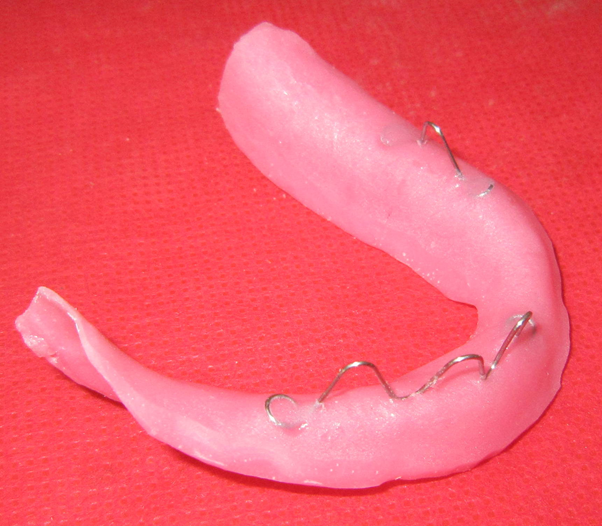
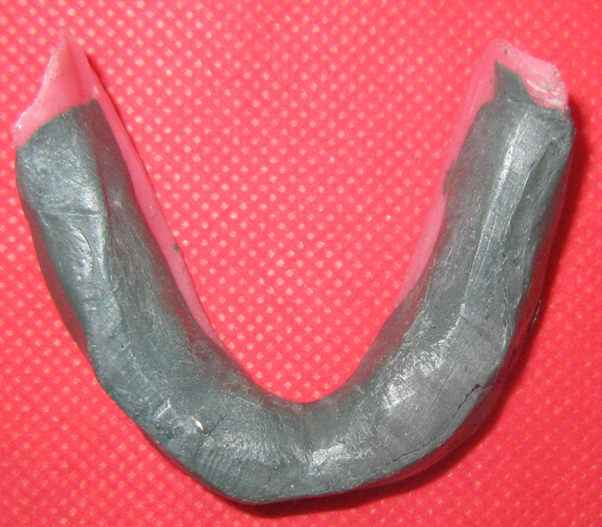
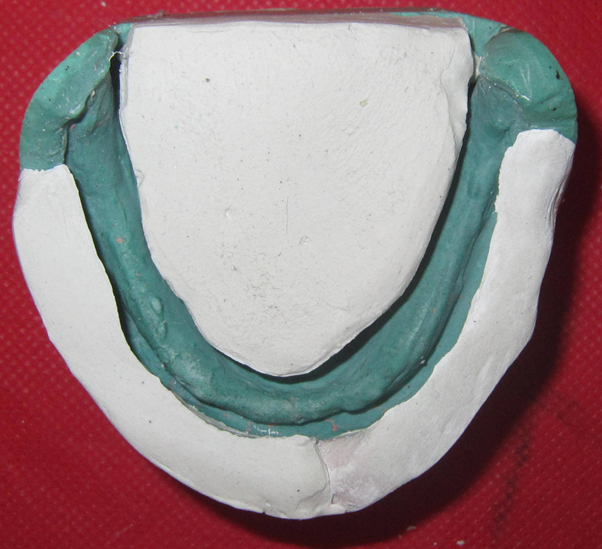
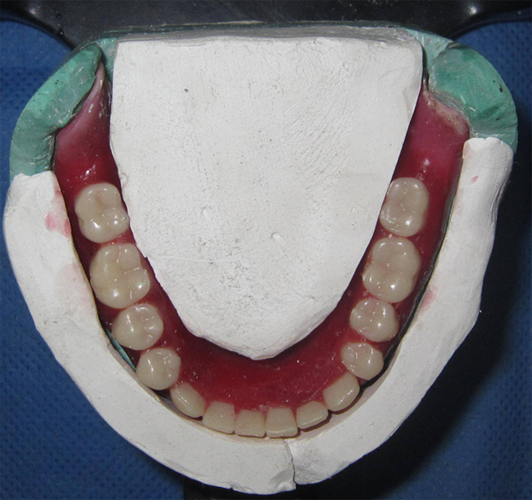
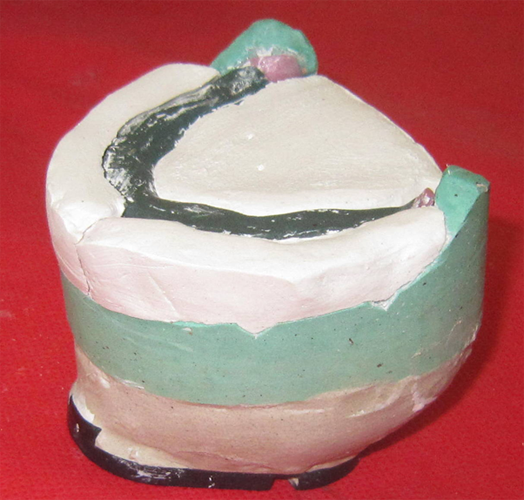
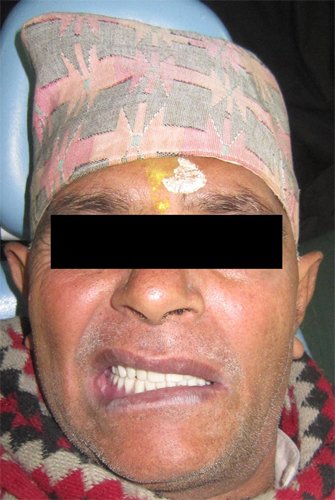
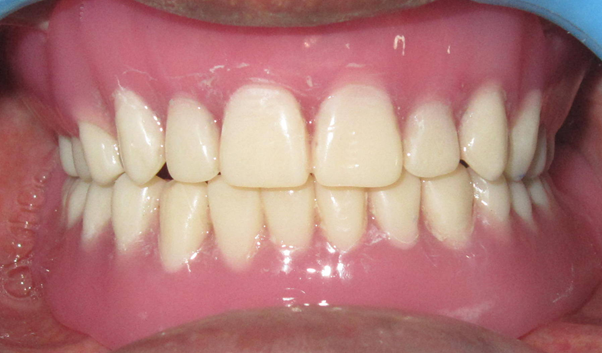
 Scientia Ricerca is licensed and content of this site is available under a Creative Commons Attribution 4.0 International License.
Scientia Ricerca is licensed and content of this site is available under a Creative Commons Attribution 4.0 International License.